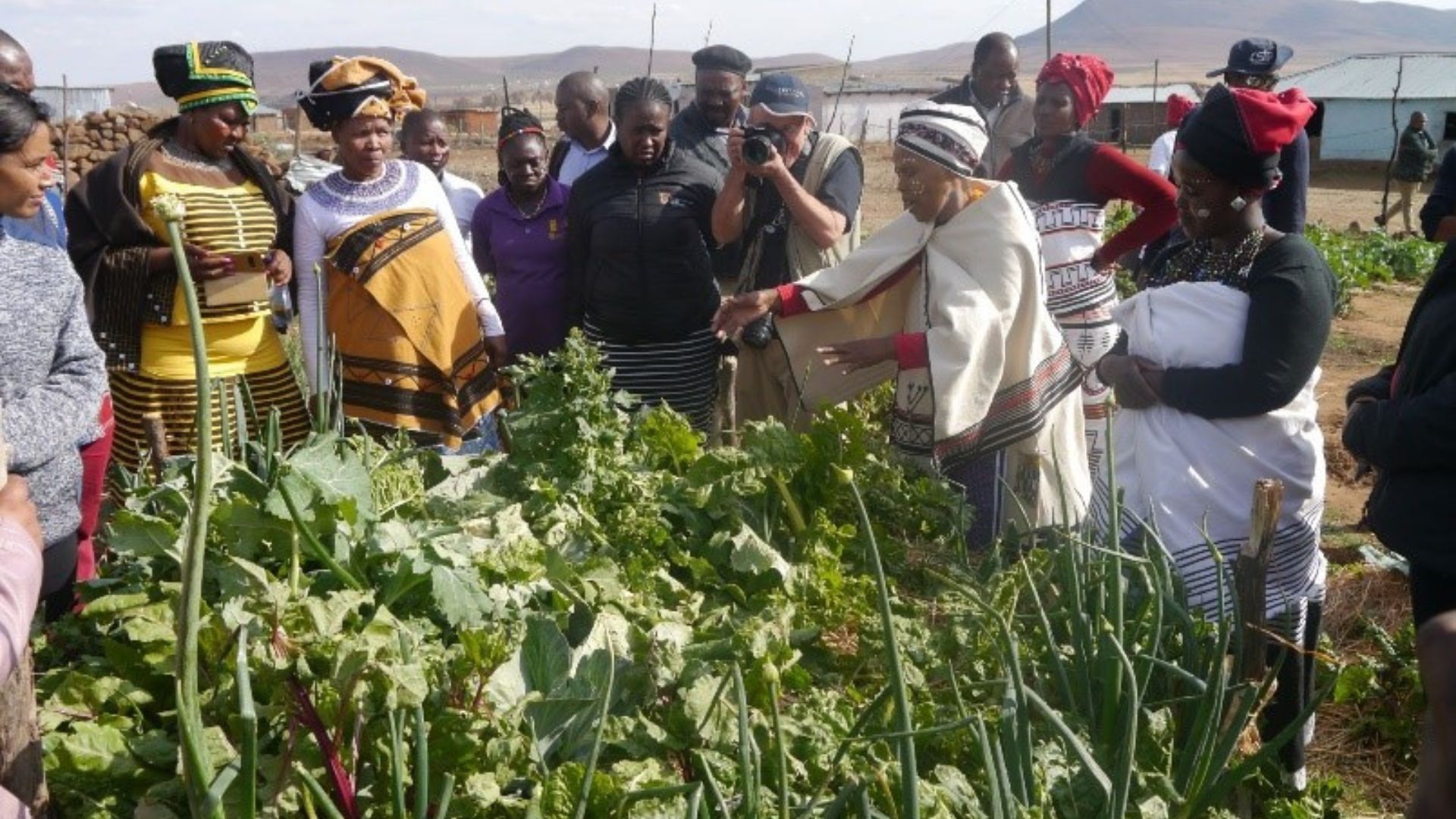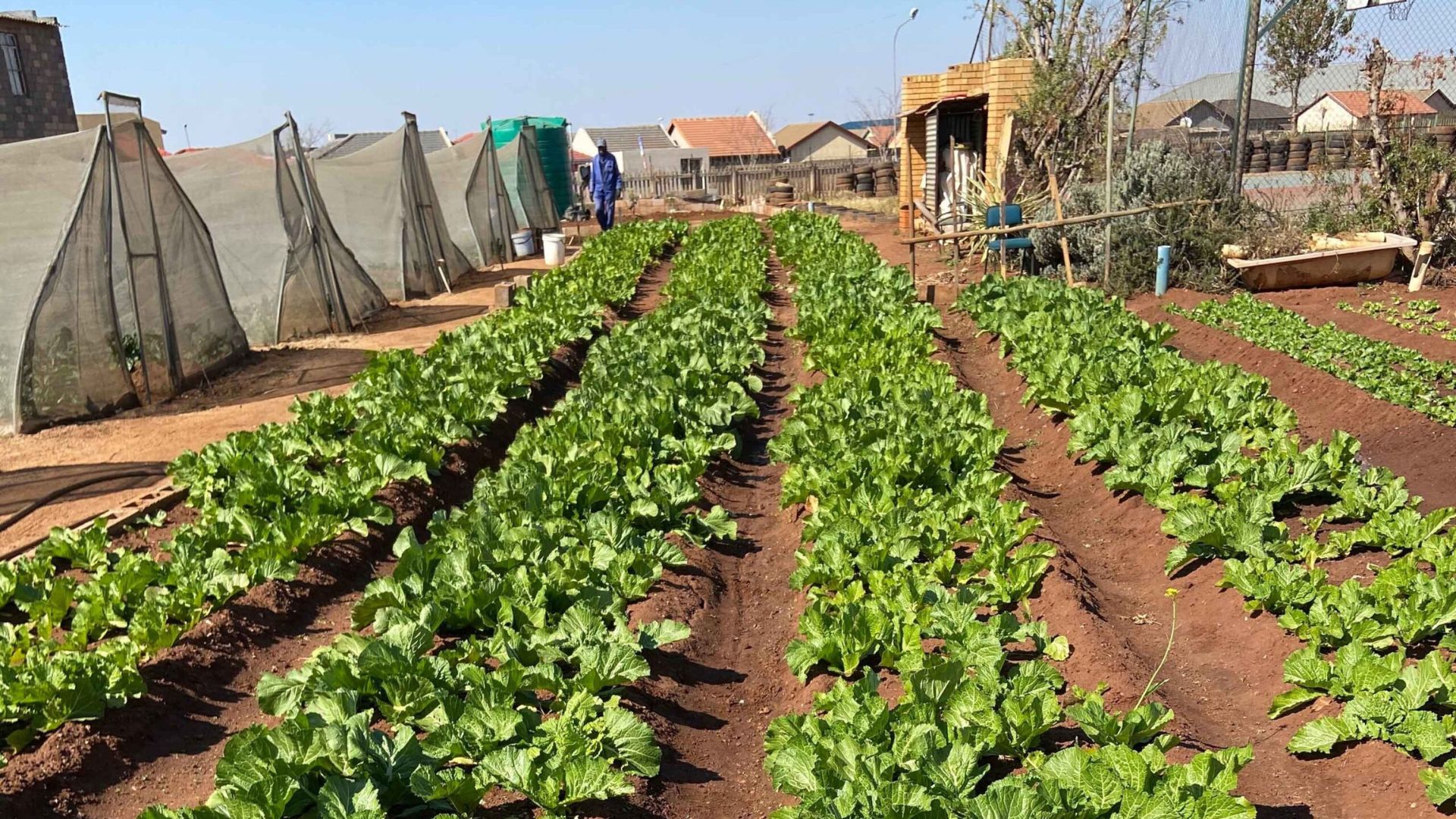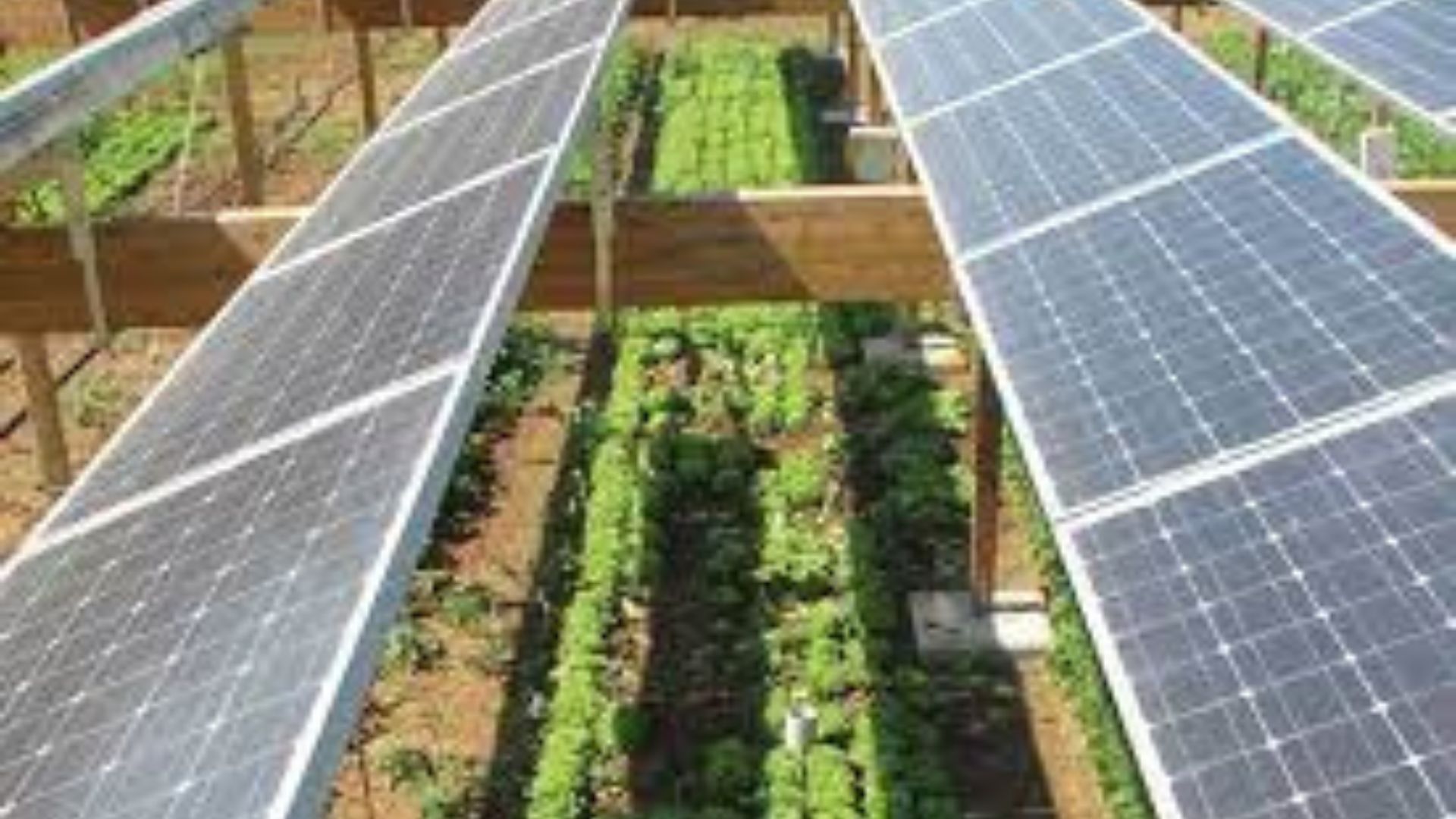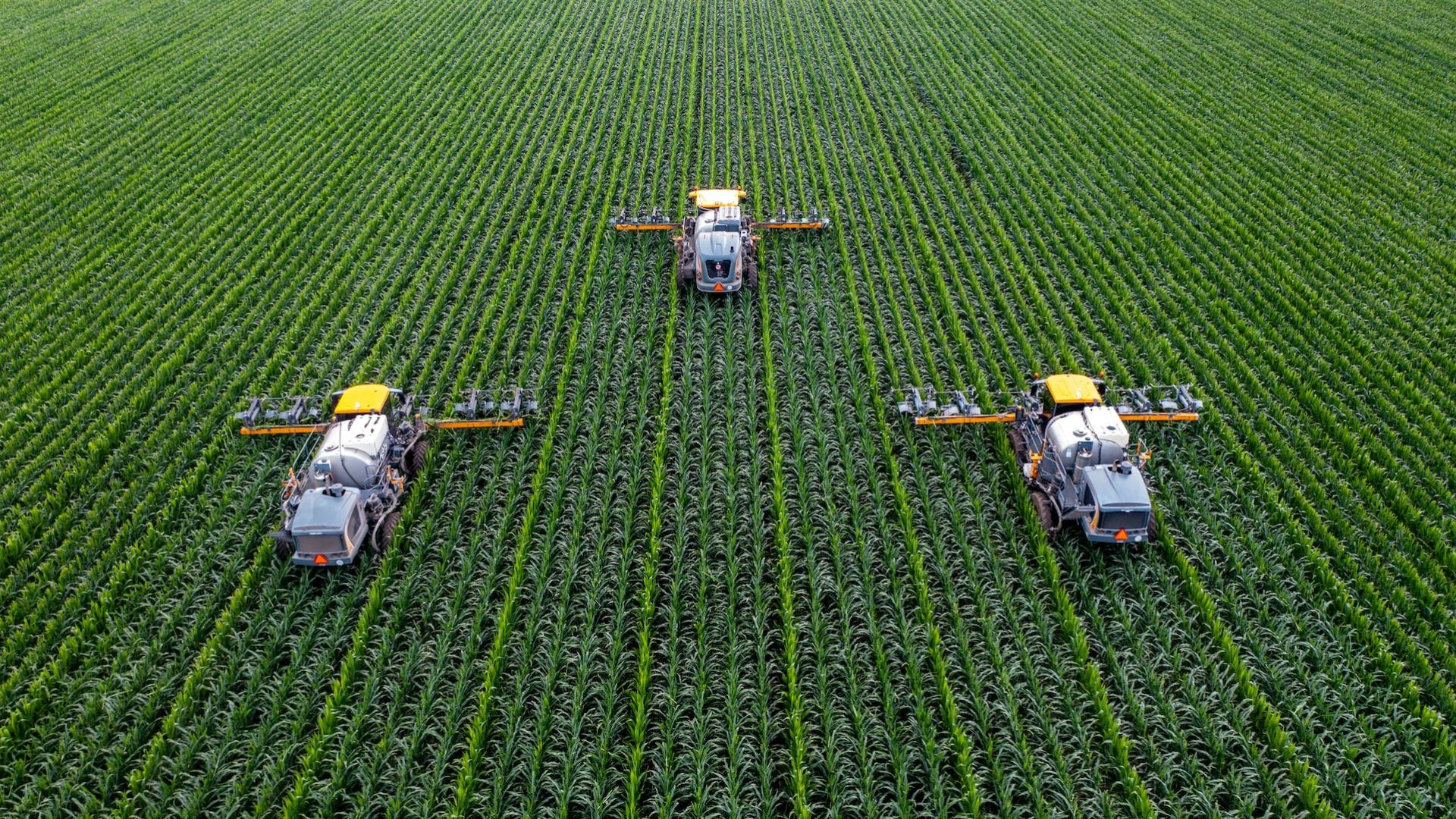Local communities adopt green farming practices to improve food security, promote sustainability, and protect the environment. Across South Africa and other regions, community-driven farming initiatives are transforming how people grow food. These practices combine modern technology, traditional knowledge, and eco-friendly techniques to ensure that farming benefits both people and the planet. By embracing green farming, local communities strengthen their resilience and create healthier, more productive environments.

Benefits of Green Farming in Communities
Community-based green farming provides multiple advantages. First, it increases access to fresh, locally grown food, reducing dependence on imported produce. Second, it protects soil health and reduces chemical usage. Third, it strengthens social bonds as community members collaborate on shared farming projects. Moreover, sustainable practices help mitigate climate change and preserve biodiversity, benefiting both rural and urban communities.
Economic Benefits
When local communities adopt green farming practices, they create economic opportunities. Small-scale farms and community gardens generate income and reduce living costs. Local markets sell fresh vegetables, fruits, and herbs, providing affordable options for residents. Additionally, green farming initiatives can revitalize unused or vacant land, turning it into productive areas that stimulate local economies.
Environmental Benefits
Green farming reduces environmental impact. By using natural fertilizers, crop rotation, and organic pest management, communities limit chemical runoff and protect nearby rivers and lakes. Urban green spaces and community gardens also improve air quality, reduce heat in densely populated areas, and support local wildlife. Trees and plants attract pollinators like bees and butterflies, which are essential for ecosystem balance.
Key Green Farming Practices for Communities
Several sustainable methods ensure that local communities adopt green farming practices effectively. These approaches enhance food production while conserving resources.
1. Community Gardens
Community gardens are one of the simplest and most effective practices. Residents share responsibilities for planting, watering, and harvesting. These gardens provide fresh produce and foster social cohesion. They also serve as educational spaces where children and adults learn about sustainable agriculture.
2. Organic Fertilizers and Composting
Using compost and organic fertilizers improves soil fertility naturally. Communities recycle food scraps, yard waste, and plant residues into nutrient-rich compost. This reduces waste and minimizes the need for chemical fertilizers, ensuring safer food and healthier soil.
3. Crop Rotation and Polyculture
Rotating crops and planting multiple species together prevents soil depletion and reduces pest problems. Polyculture encourages biodiversity and strengthens ecosystems. Communities that adopt crop rotation can maintain soil fertility and reduce reliance on expensive chemical inputs.
4. Rainwater Harvesting and Irrigation
Water management is essential for community farms. Collecting rainwater, using drip irrigation, and mulching soil help conserve water. Efficient irrigation ensures crops survive dry periods while reducing water waste. This is particularly important in regions facing drought or limited water availability.
5. Agroforestry
Integrating trees and shrubs into community farms improves soil quality, prevents erosion, and provides shade. Trees also attract beneficial insects and support local biodiversity. Agroforestry combines productivity with environmental protection, making it an essential practice for sustainable community farming.
Tools and Technology
Modern tools enhance green farming in local communities. Soil sensors monitor moisture and nutrient levels, while weather apps help plan planting and harvesting. Simple tools like hand trowels, hoes, and wheelbarrows remain essential for small-scale farms. For larger community projects, drip irrigation systems and raised beds improve efficiency. Technology combined with traditional farming knowledge ensures higher yields and better sustainability.
Challenges and Solutions
Despite its advantages, community green farming faces challenges. Limited space, water scarcity, and funding constraints can make projects difficult. Additionally, residents may lack technical knowledge to implement modern sustainable practices.
Solutions
Local governments, NGOs, and cooperatives can provide grants, training, and shared resources. Partnerships between schools, businesses, and residents create knowledge-sharing networks. By addressing these challenges, communities can successfully adopt green farming practices and achieve long-term sustainability.
Conclusion
Local communities adopt green farming practices to improve food security, protect the environment, and strengthen social bonds. Methods such as community gardens, organic fertilizers, crop rotation, rainwater harvesting, and agroforestry help residents grow food efficiently while conserving resources. By combining traditional knowledge with modern tools, communities create resilient, productive, and eco-friendly farming systems. Embracing these practices ensures healthier environments and better livelihoods, proving that sustainable agriculture is not only for large farms but also for neighborhoods and urban centers.










